
Sans la disparition de mon Chouchou, ce site n'existerait pas
J'aimerais immortaliser sa mémoire grâce à ces quelques pages
Vous pouvez y trouver toutes les races reconnues par la FCI, mais aussi des chiens rares, de même que des chats et des félins.
Certaines races sont données à titre indicatif, n'existant que dans leur pays d'origine.
Je vous propose donc un ensemble de 10 545 standards ou fiches de races, ceci réparti en 5 langues
J'ai reçu ce 20 juillet 2018 une très bonne nouvelle, le site est officiellement reconnu comme site spécialisé
par le Ministère wallon (service bien-être animal), ceci sous le numéro WEB-054.
Votre meilleur ami, votre complice, votre confident, c'est lui
Il est votre chien qui vous protège
A ses yeux, vous êtes amour, tendresse, frère
Jusqu'au dernier battement de son coeur, il sera fidélité, sans compter
Vous lui devez d'être digne d'une telle dévotion
Comment pourrions nous supporter l'hypocrisie, les perfidies et les mensonges des humains si nous n'avions pas les chiens pour voir encore l'honnêteté à travers leurs visages, sans méfiance aucune



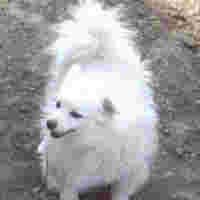
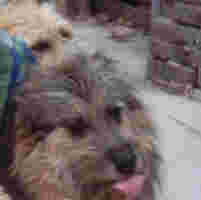
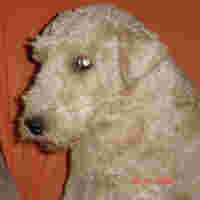



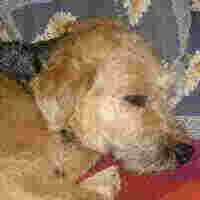
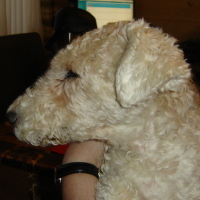
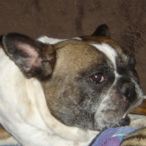
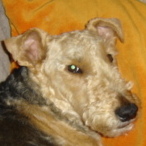
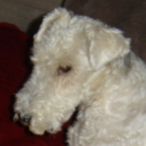
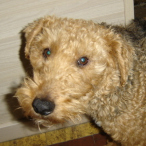




 Français (France)
Français (France)